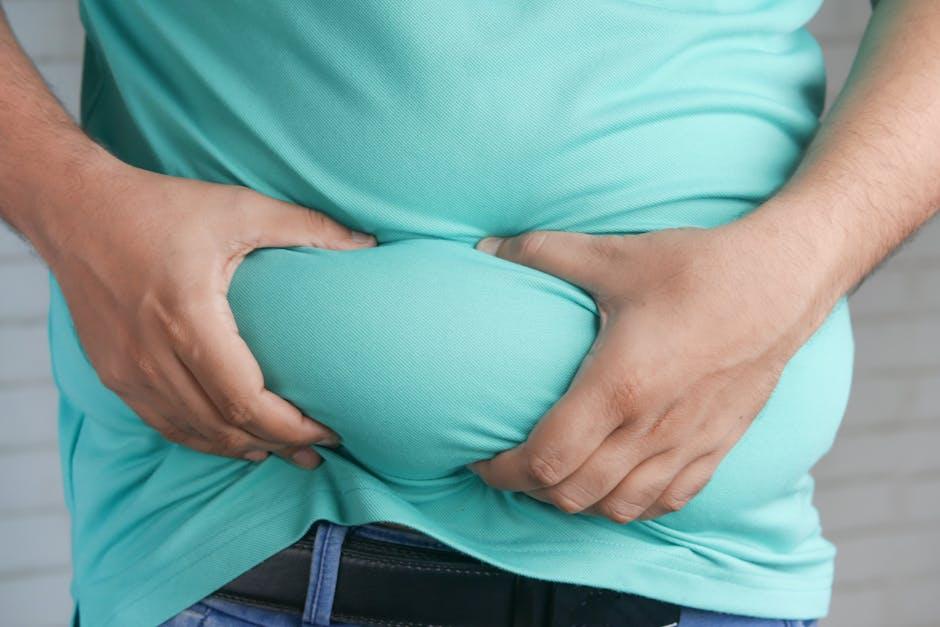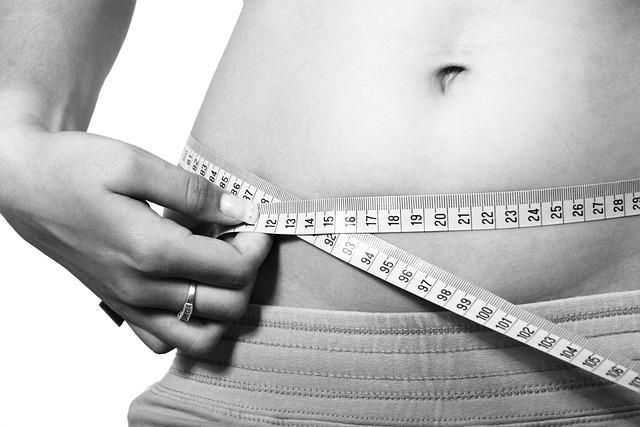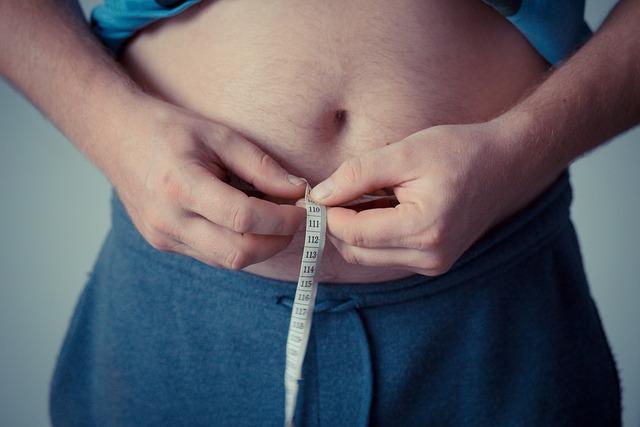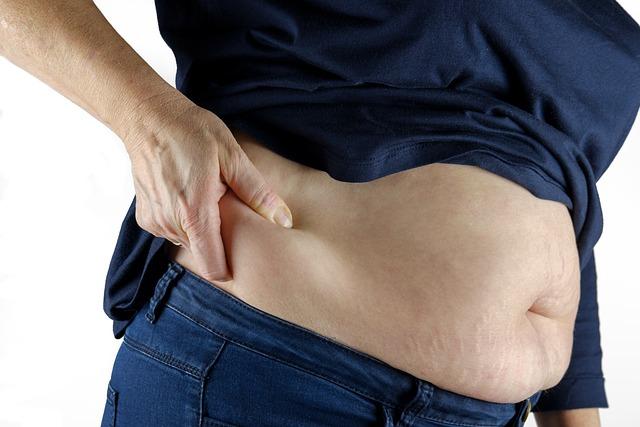In the pursuit of optimal health and fitness, understanding your body composition is crucial. While the number on the scale offers a limited view, body fat percentage provides a more comprehensive insight into your overall fitness level. Utilizing a body fat percentage tracker can be a game-changer, offering precise data that can guide your nutritional and exercise decisions. However, to harness its full potential, it’s essential to know how to use this tool effectively. In this article, we will delve into the intricacies of body fat percentage trackers, providing you with authoritative guidance on obtaining accurate results. From choosing the right device to interpreting the data, we will equip you with the knowledge to make informed decisions on your fitness journey.
Understanding the Importance of Accurate Body Fat Measurement
When striving for fitness goals, relying solely on the scale can be misleading. Accurate body fat measurement offers a comprehensive insight into your physical health, highlighting the balance between lean mass and fat. Unlike weight, which fluctuates with hydration levels and other factors, body fat percentage provides a stable metric to track progress. This is crucial for customizing nutrition and exercise plans, ensuring you’re losing fat and not just water or muscle.
To achieve precise readings, using a body fat percentage tracker correctly is essential. Here’s how to maximize accuracy:
- Consistency is Key: Measure at the same time of day, preferably in the morning, before eating or exercising.
- Proper Hydration: Ensure you are well-hydrated but avoid measuring immediately after drinking large amounts of water.
- Calibration: Regularly check your device’s calibration to maintain accuracy.
- Positioning: Stand straight and still, ensuring the tracker is placed correctly on your body.
By integrating these practices, you can depend on your body fat tracker to provide reliable data, aiding in informed decision-making for your health journey.

Choosing the Right Body Fat Percentage Tracker for Your Needs
When selecting a body fat percentage tracker, it’s crucial to find one that aligns with your specific goals and lifestyle. Accuracy and ease of use are paramount. Consider devices that utilize multiple measurement methods such as bioelectrical impedance, calipers, or hydrostatic weighing for more comprehensive insights. Compatibility with your existing fitness apps or devices can enhance your tracking experience by providing seamless data integration.
- Functionality: Opt for trackers that offer more than just body fat percentage. Features like muscle mass, water weight, and BMI can give a fuller picture of your health.
- User-Friendliness: Ensure the device has an intuitive interface and clear instructions, making it easy to interpret results.
- Durability and Design: Choose a model that’s both robust and aesthetically pleasing, especially if it will be a permanent fixture in your home.

Setting Up Your Tracker for Optimal Accuracy
To achieve the most accurate results from your body fat percentage tracker, it’s essential to ensure it’s set up correctly. Start by calibrating your device in accordance with the manufacturer’s guidelines. This often involves syncing the tracker with a dedicated app, where you’ll be prompted to input personal data such as age, gender, height, and weight. Accurate input of this data is crucial as it directly influences the tracker’s readings. Remember, each device might have its own specific setup process, so refer to the user manual for any unique steps.
Consider the following tips to enhance measurement accuracy:
- Ensure skin contact: The tracker should have good contact with your skin to measure electrical impedance effectively.
- Consistent measurement time: Take measurements at the same time each day, ideally in the morning, to reduce variability caused by daily activities.
- Hydration levels: Maintain consistent hydration as dehydration or overhydration can affect readings.
- Avoid heavy meals or exercise: Wait at least two hours after eating or exercising to take measurements for more stable results.
By following these setup tips, you’ll be on your way to obtaining precise and reliable body fat percentage data.

Interpreting and Utilizing Your Body Fat Data Effectively
Understanding your body fat data can be the key to unlocking a more tailored approach to your health and fitness journey. First, ensure your measurements are consistent. Always measure at the same time of day, under similar conditions, to reduce variability. Consistency in conditions helps in painting an accurate picture over time. Analyze trends rather than single readings. A single day’s data may fluctuate due to hydration levels, recent meals, or physical activity, so focus on the overall trend over weeks or months.
Utilize this data by setting realistic goals. If your body fat percentage is higher than desired, consider:
- Adjusting your diet to incorporate more whole foods and fewer processed items.
- Incorporating both cardio and strength training into your exercise routine.
- Tracking your progress not only through body fat percentage but also through other metrics like muscle mass and endurance levels.
Remember, body fat percentage is just one piece of the health puzzle. Use it alongside other indicators for a comprehensive view of your well-being.
